

— Blogs —
—Products—
 Consumer hotline +8618073152920
Consumer hotline +8618073152920 WhatsApp:+8615367865107
Address:Room 102, District D, Houhu Industrial Park, Yuelu District, Changsha City, Hunan Province, China
Product knowledge
Time:2025-11-08 11:50:15 Popularity:315
An Automated Weather Station (AWS) is an integrated environmental monitoring system that achieves real-time collection, transmission, and analysis of climatic parameters through various meteorological sensors. It operates 24/7 without human intervention, making it widely used in agricultural meteorology, photovoltaic energy, scientific experiments, traffic safety, and environmental monitoring.
Sensors are the core of an AWS, acting as its “senses” to convert natural changes in wind, rain, light, and temperature into precise data. In particular, the four sensor types—wind speed and direction, rainfall, temperature/humidity, and solar radiation—form the foundation of the entire system.
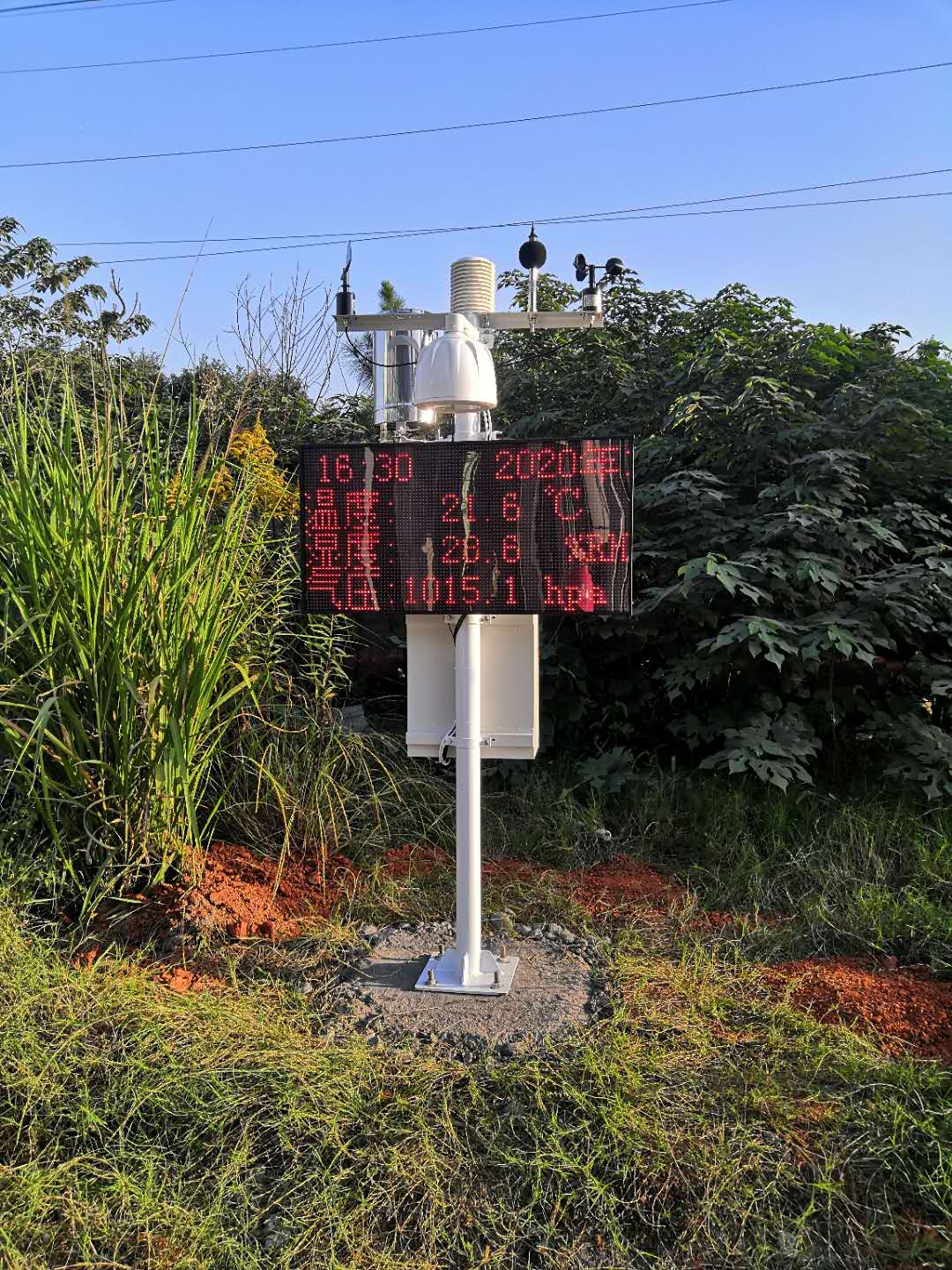
Wind speed and direction sensors measure the velocity and direction of airflow.
- Mechanical type (three-cup or wind vane): Detects wind speed via cup rotation frequency and wind direction via vane angle.
- Ultrasonic type: Calculates wind speed and direction using the time difference in sonic wave propagation; features zero mechanical wear, no latency, and low maintenance.
- Agricultural meteorology: Evaluates evapotranspiration rates and pest/disease dispersion conditions.
- Photovoltaics and wind power: Monitors wind loads to prevent equipment damage.
- Airports and coastal areas: Ensures flight and maritime safety.
Niubol ultrasonic wind speed and direction sensors feature maintenance-free design and high anti-interference performance, with RS485/Modbus/LoRa signal output. They are ideal for unattended operations and extreme climates.
Rain gauges analyze regional hydrological conditions by collecting precipitation. Common types include:
- Tipping bucket: Counts each tip when the bucket fills with rainwater; simple and reliable structure.
- Optical: Identifies raindrops or snowflakes via infrared beams; suitable for complex weather.
- Weighing: Precisely measures total precipitation through weight changes; offers research-grade accuracy.
- Automated irrigation and water resource management.
- Flood warning and urban drainage planning.
- Meteorological trends and ecological monitoring.
Niubol tipping-bucket rain gauges feature stainless steel anti-clogging structures for high accuracy and fast response, supporting RS485/LoRa/Modbus communication. They are suitable for agriculture, hydrology, research, and smart city applications.
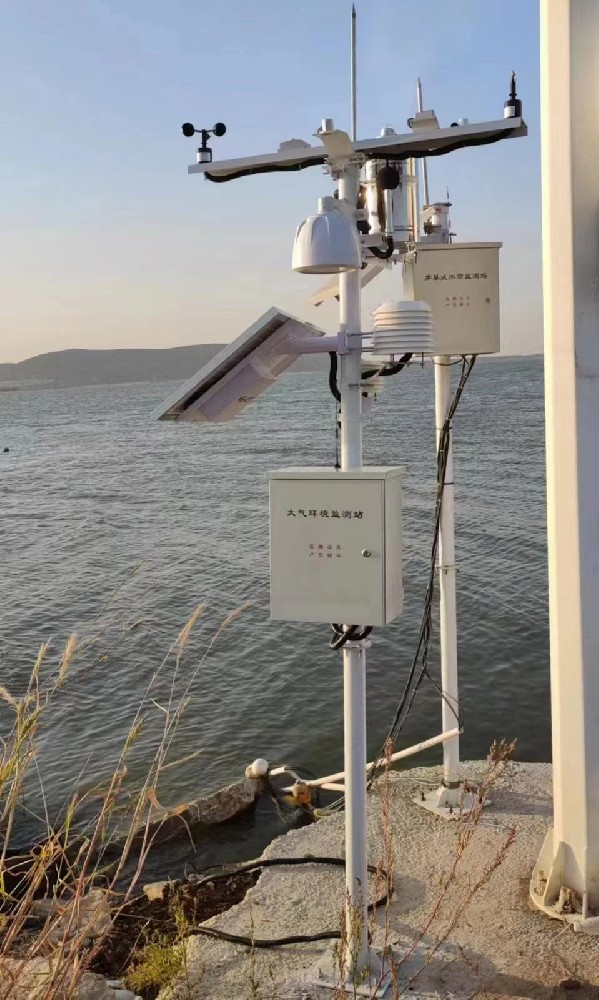
Temperature and humidity sensors consist of thermistors (or PT100) and capacitive humidity-sensitive elements to monitor air temperature and relative humidity. To avoid solar radiation interference, they are typically installed in louvered boxes or radiation shields.
- Agriculture and greenhouses: Regulates irrigation and ventilation systems.
- Environmental monitoring: Assesses air comfort and pollution dispersion.
- Photovoltaic monitoring: Tracks module operating temperatures to optimize efficiency.
Niubol air temperature and humidity sensors support automatic temperature compensation, maintaining high accuracy of ±0.3°C and ±2% RH even in extreme climates.

Solar radiation sensors measure the radiant energy received per unit area.
- Pyranometer (thermoelectric): Covers the full spectrum (300–3000 nm).
- Photoelectric sensors: Commonly used for photosynthetically active radiation (PAR) monitoring.
- Photovoltaic power stations: Evaluates irradiance intensity and power generation efficiency.
- Agriculture: Guides light management and crop photosynthesis analysis.
- Scientific research: Studies energy balance and climate change.
Niubol solar radiation sensors use high-stability silicon photovoltaic elements and temperature compensation algorithms, ensuring high-precision operation in environments from -40°C to +80°C.
- Smart Agriculture: Combines soil moisture, rainfall, and temperature data for precise irrigation and fertilization control.
- Renewable Energy Monitoring: Real-time meteorological parameter monitoring in photovoltaic and wind farms to improve efficiency and safety.
- Transportation and Airport Safety: Monitors wind, rain, visibility, and freezing risks.
- Scientific Research and Education: Climate change studies and ecological data collection.
- Smart City Meteorological Monitoring Networks: Achieves city-wide microclimate and air quality monitoring.
| Sensor Type | Principle | Advantages | Typical Applications | Communication Methods |
| Three-cup anemometer | Mechanical rotation detection | Stable structure, low cost | Basic weather stations | RS485/Modbus/4-20mA |
| Ultrasonic wind speed/direction integrated | Sonic wave propagation time difference | No wear, high accuracy | Photovoltaics, research, unmanned stations | RS485/LoRa |
| Tipping-bucket rain gauge | Bucket tipping count | Simple structure, stable data | Agriculture, hydrology | RS485/Modbus |
| Optical rain gauge | Infrared raindrop detection | Identifies rain/snow types | Research, extreme climates | RS485/Modbus |
| Thermoelectric pyranometer | Thermoelectric principle | Full-spectrum measurement | Photovoltaics, research | RS485/Modbus/4-20mA |
| PAR photosensor | Photoelectric detection | Fast response, low power consumption | Agriculture, greenhouses | RS485/Modbus |
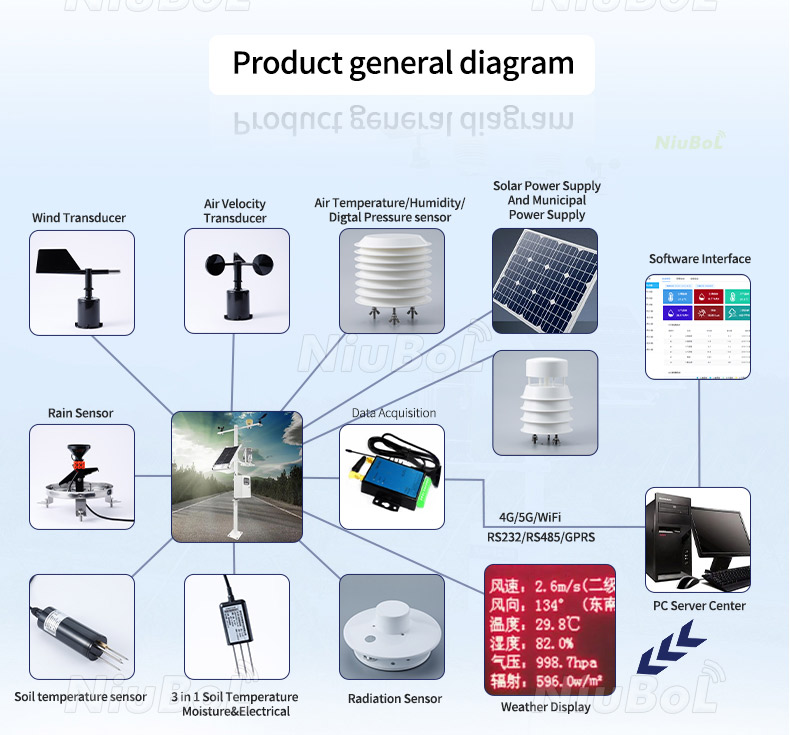
The long-term stability of meteorological sensors relies on rigorous calibration. Niubol implements multiple testing processes before shipment:
- Temperature compensation testing: Calibrates linear drift in environmental chambers from -40°C to +80°C.
- Comparative calibration: Validates against national benchmark meteorological equipment.
- Long-term stability testing: Simulates field conditions with continuous operation for over six months.
This systematic testing ensures every Niubol meteorological sensor delivers reliable data across diverse climate zones.
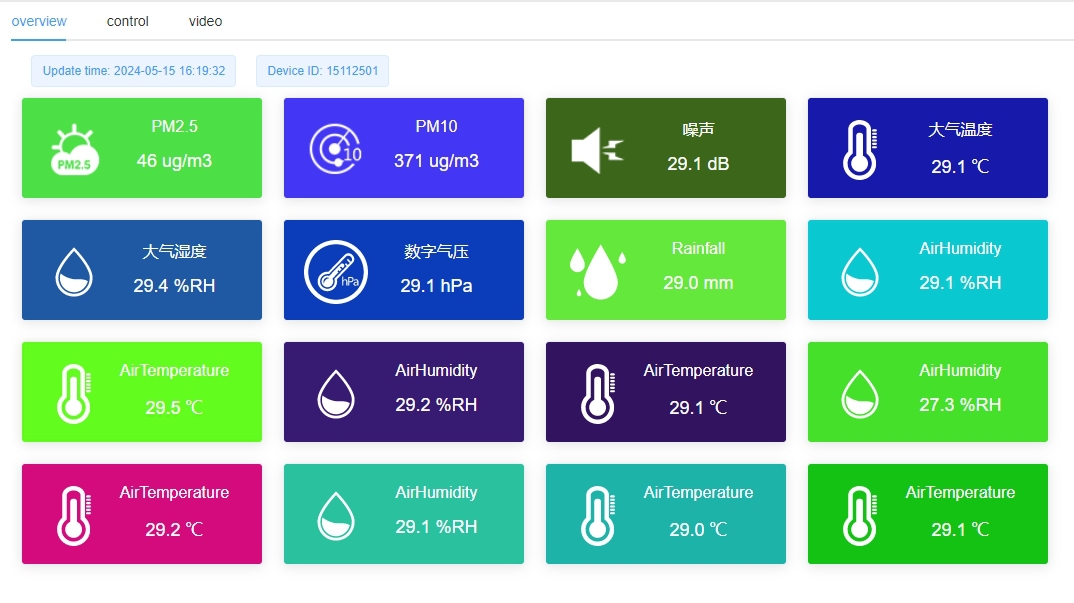
Modern automated weather stations are no longer standalone devices but key nodes in Internet of Things (IoT) systems. Niubol enables the following via RS485, LoRa, 4G, and 4-20mA communication:
- Real-time data upload to the cloud.
- Automatic generation of charts and reports.
- Equipment alerts and remote configuration.
- Integration with smart irrigation and photovoltaic monitoring systems for true automated control.
This advances meteorological monitoring from “data recording” to the “decision-support” intelligent phase.
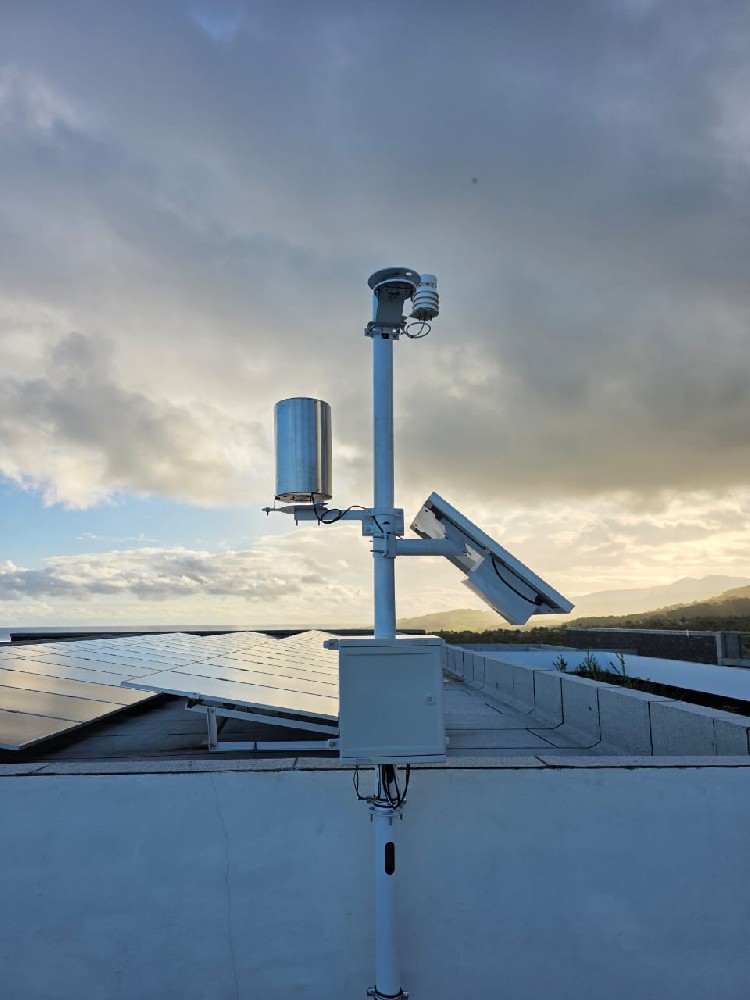
When selecting meteorological sensors, consider the following comprehensively:
- Accuracy and range: Research-grade vs. agricultural-grade standards differ.
- Environmental adaptability: Dustproof, corrosion-resistant, and radiation-proof performance.
- Communication interfaces: Compatibility with RS485, Modbus, LoRa, 4G, etc.
- Calibration and maintenance cycles: Determine long-term stability.
- Brand and service capabilities: Reliability and after-sales support.
Niubol offers customized solutions from individual sensors to complete meteorological monitoring systems, covering applications in global climate zones.
Core sensors include wind speed/direction, rainfall, temperature/humidity, and solar radiation; expandable to barometric pressure, evaporation, soil moisture, etc., based on needs.
They have no moving parts, require no maintenance, and respond faster—especially suitable for dusty, icy, or snowy extreme environments.
Inspect the tipping bucket components quarterly to remove debris and leaves, ensuring data accuracy.
Via RS485, LoRa, 4G, or 5G to cloud platforms or local collectors for real-time monitoring.
Perform on-site comparison or laboratory calibration every 1–2 years to maintain accuracy within standard ranges. 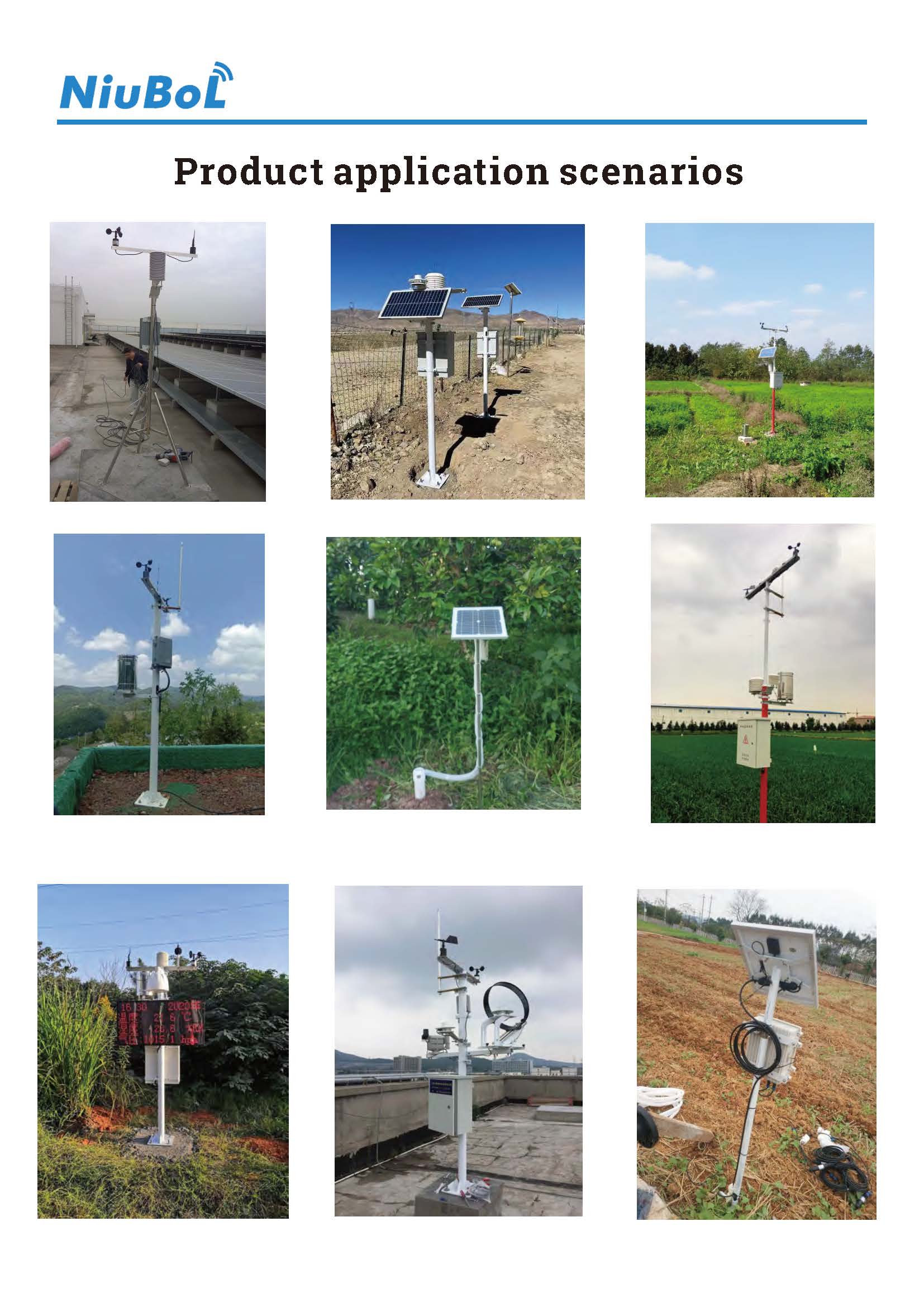
Automated weather stations are critical infrastructure for smart agriculture, photovoltaic energy, and scientific climate observation. The four core sensors—wind speed/direction, rainfall, temperature/humidity, and solar radiation—form the measurement backbone. Their accuracy and stability determine the overall data quality of the monitoring system.
With its extensive sensor product line, reliable industrial design, and intelligent system integration capabilities, Niubol provides global users with precise, stable, and scalable meteorological monitoring solutions. Whether in farmlands, research bases, or energy stations, Niubol is committed to safeguarding environmental truth and data integrity through technology.
Explore more professional meteorological monitoring equipment at www.niubol.com;Niubol — Precise Monitoring, Intelligent Future.
Prev:Best Wireless Soil Moisture Sensors — Key Technology for Precision Irrigation and High Crop Yields
Next:Solar Irradiance Meters for Solar Power and Meteorological Monitoring
Related recommendations
Sensors & Weather Stations Catalog
Agriculture Sensors and Weather Stations Catalog-NiuBoL.pdf
Weather Stations Catalog-NiuBoL.pdf
Related products
 Combined air temperature and relative humidity sensor
Combined air temperature and relative humidity sensor Soil Moisture Temperature sensor for irrigation
Soil Moisture Temperature sensor for irrigation Soil pH sensor RS485 soil Testing instrument soil ph meter for agriculture
Soil pH sensor RS485 soil Testing instrument soil ph meter for agriculture Wind Speed sensor Output Modbus/RS485/Analog/0-5V/4-20mA
Wind Speed sensor Output Modbus/RS485/Analog/0-5V/4-20mA Tipping bucket rain gauge for weather monitoring auto rainfall sensor RS485/Outdoor/stainless steel
Tipping bucket rain gauge for weather monitoring auto rainfall sensor RS485/Outdoor/stainless steel Pyranometer Solar Radiation Sensor 4-20mA/RS485
Pyranometer Solar Radiation Sensor 4-20mA/RS485
Screenshot, WhatsApp to identify the QR code
WhatsApp number:+8615367865107
(Click on WhatsApp to copy and add friends)
